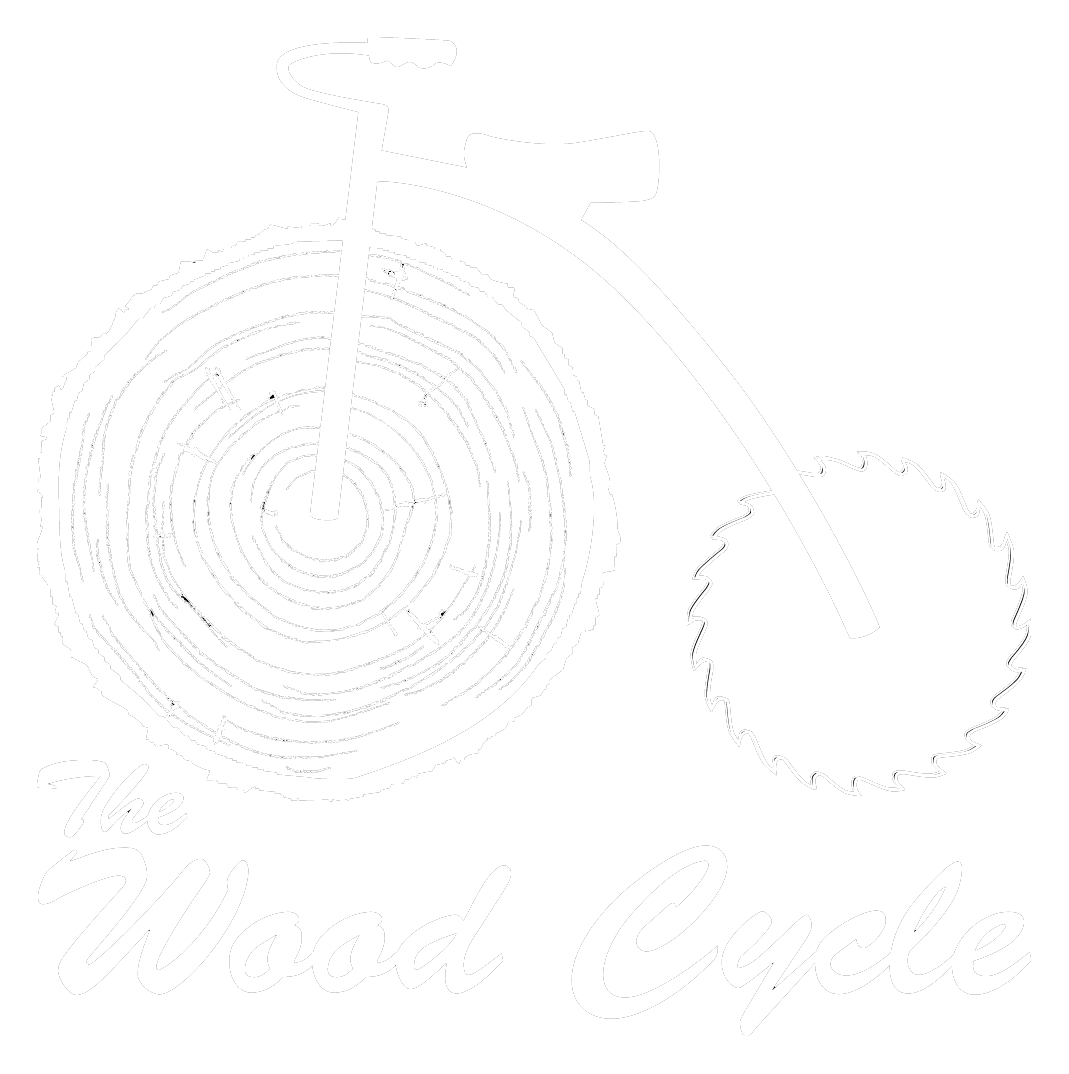American Chestnut
American Chestnut
American chestnut; mostly gone from its native Appalachian and eastern range but once the dominant tree of many eastern landscapes. This was perhaps the first of many tree species largely removed from the American landscape through the globalization of the world marketplace. Consider this growing list"
Dutch elm: An Asian-origin disease first spread through Europe during the World War era and diagnosed by a Dutch researcher, but not until it also spread to America.
Gypsy Moth: A research "leak" from the early 1900s that slowly spread from the east coast to across the midwest, with massive losses of multiple hardwood species, centered heavily on the northern oaks but affecting other trees also.
Butternut (white walnut) canker: First discovered in the 1960s in Wisconsin and now spread throughout this tree's native range. The original cause remains unknown but Asian resistance to the fungal infection points to that region as a possible source.
And now;
Emerald Ash Borer; like Gypsy moth it is not a disease but a tree destroying invasive, again displaced from its native Asian range and devastating our native ash trees.
While many of these are pointed to Asian sources, what we really need to recognize is not the source but the global impact of our wood use decisions. Do we know where are wood comes from? Might we be purchasing more than just the board or the piece of furniture, or whatever arrived on/in that wood shipping container?
And that is just part of the reason we are urban wood folks and urbanwoodnetwork.org founding members. We know our sources and rarely is that source more than 30 miles from our shop. Nothing leaves our site, whether lumber or finished furniture, without first being kiln dried and heat sterilized; and most of those products still remain in our local marketplace.
Back to chestnut. As chestnut blight began its rampage, individual small groves of chestnut were planted in various midwestern locations, outside the native chestnut range in hopes of preserving the species. Many of the more "known" stands have since been destroyed by chestnut blight. This photo was from a stand planted by "Grandpa" on an unidentified private property in the Dane County. We are preserving the family desire to keep others out to prevent unknowingly contaminate the stand. We were also asked to harvest some of this wood for use by the family, also consistent to Grandpa's wishes. Make no mistake, there is a tinge of guilt in felling these trees, yet knowing that others nearby have already succumbed to the blight. So our hope is that those remaining will last long into the future, but we simultaneously know just a few errant spores and the rest will someday fall.
This artwork piece is from the hollowed base of one of these trees, with the shape of the void at the center representing "the tree lost".
Buy local is not just a feel good thing, it can literally change your world.

